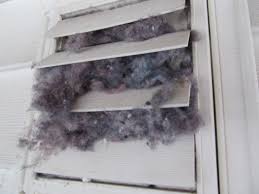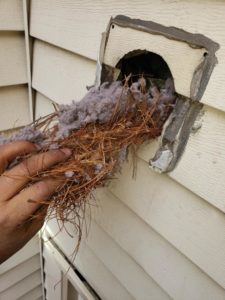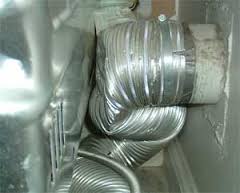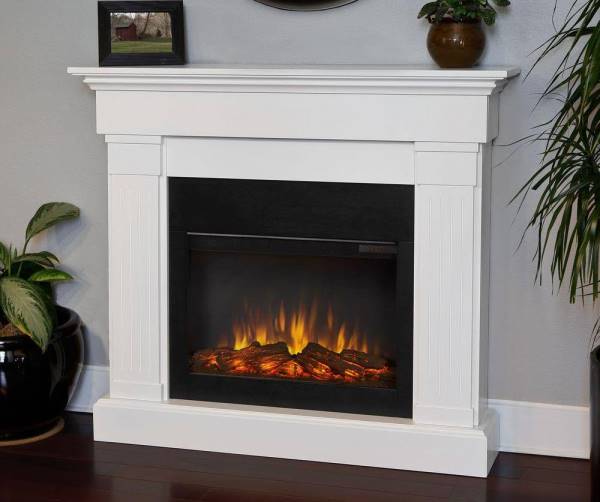Chimney cleaning should not be ignored. Wood burning fireplaces are fun to use and pretty to look at. Nothing beats the smell and sound of a real crackling fire. However, without proper maintenance it just could be the most dangerous item in your home.
Here are some safety tips to follow:
1. Get an annual chimney check. Have chimneys inspected annually, and cleaned as necessary, by a qualified professional chimney service technician. This reduces the risk of fires and carbon monoxide poisonings due to creosote buildup or obstructions in the chimneys.
2. Keep it clear. Keep tree branches and leaves at least 15 feet away from the top of the chimney.
3. Install a chimney cap to keep debris and animals out of the chimney.
4. Choose the right fuel. For burning firewood in wood stoves or fireplaces, choose well-seasoned wood that has been split for a minimum of six months – one year and stored in a covered and elevated location. Never burn Christmas trees, treated wood or wrapping paper in your fireplace or wood stove.
5. Build it right. Place firewood or fire logs at the rear of the fireplace on a supporting grate. To start the fire, use kindling or a commercial firelighter. Never use flammable liquids.
6. Keep the hearth area clear. Combustible material too close to the fireplace, or to a wood stove, could easily catch fire. Keep furniture at least 36” away from the hearth.
7. Use a fireplace screen. Use metal mesh or a screen in front of the fireplace to catch flying sparks that could ignite or burn holes in the carpet or flooring.
8. Install smoke and carbon monoxide detectors. Place detectors throughout the house and check batteries in the spring and fall. When you change your clocks for Daylight Savings Time, remember to check your batteries.
9. Never leave a fire unattended. Before turning in for the evening, be sure that the fire is fully extinguished. Supervise children and pets closely around wood stoves and fireplaces.
10. Discard ashes in a closed metal container and place it away from the house until they have fully cooled.



Don’t forget about the importance of cleaning your Dryer Vents. A clogged dryer vent, crushed vent hose or a bird making a nest in the dryer vent, can cause your dryer to overheat and ignite the lint on fire. Even if you clean your lint filter after each load of clothes, because lint is so small, it bypasses the filter and over time lint accumulates inside of the dryer’s interior. Once this lint builds up, it creates a very dangerous scenario. Once the lint catches on fire, it can spread your home. Have your dryer vent and dryer cleaned out each year to prevent this from happening.
If you have not had your dryer cleaned out or vent serviced, please contact us for more information 732-314-7171.


